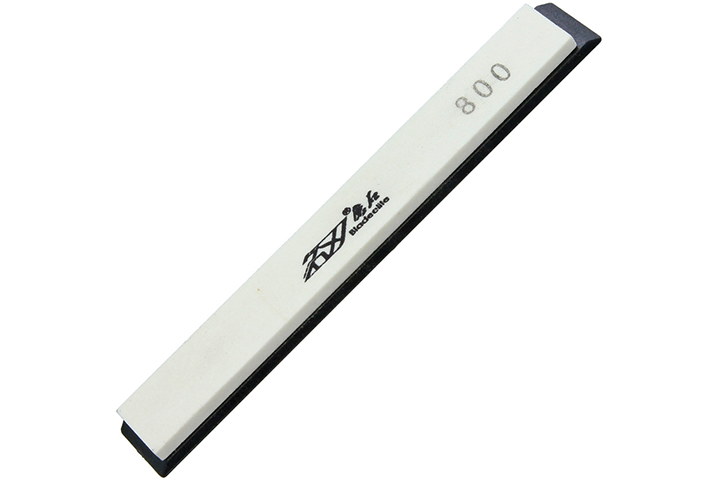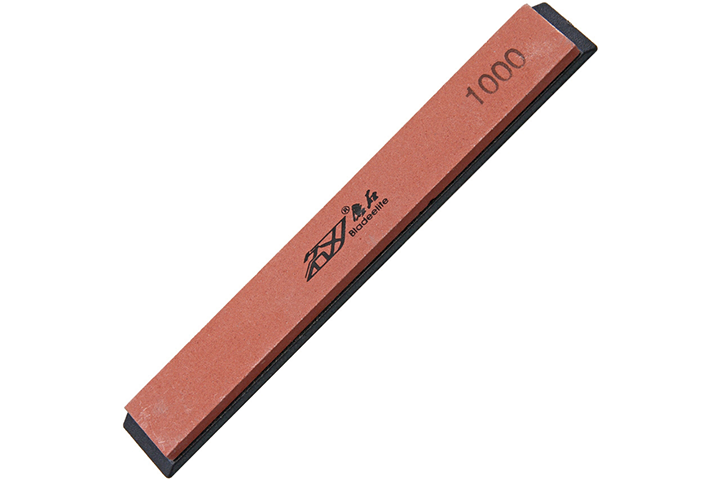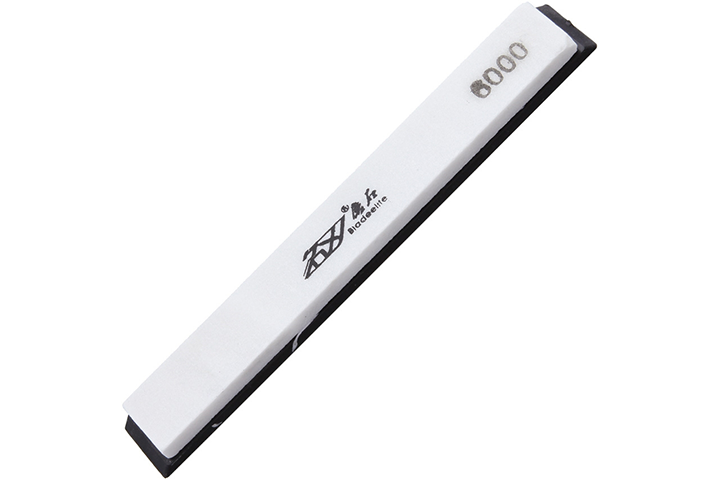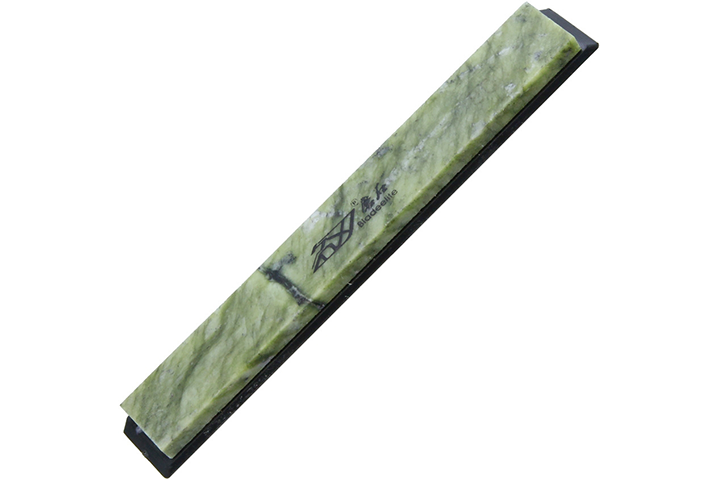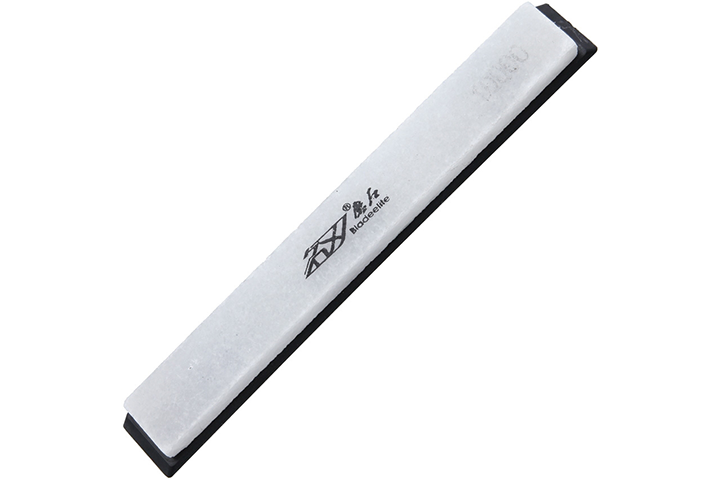Blog #5 - A Comprehensive Guide to Sharpening Stone Materials and Grits
Author: Knife Supplies Australia Date Posted:5 May 2023
Achieving and maintaining a sharp edge on your knives is essential for effective cutting and overall performance. This comprehensive guide will delve deeper into the world of knife sharpening, discussing the differences between waterstones, oilstones, ceramic stones, and diamond stones, as well as exploring the pros and cons of each. We will also cover the various sharpening stone grits, providing you with a solid foundation to make an informed decision on the best sharpening stone materials and grits for your specific needs.
Choosing the Right Sharpening Stone for Your Needs
When selecting a sharpening stone, it's essential to consider the type of knives you own, your skill level, and your personal preferences. Here are a few factors to help you make an informed decision:
1. Material type: Waterstones are beginner-friendly and provide quick results but may require more maintenance. Oilstones are durable and long-lasting but require more skill and patience. Ceramic stones are forgiving and hardwearing, but can be expensive and brittle. Diamond stones are fast and efficient but can be expensive and aggressive if not used correctly.
2. Grit selection: Consider the condition of your knives and their intended use. If you need to repair damaged edges or set a new bevel angle, a coarse grit stone is ideal. For general sharpening and edge maintenance, a medium grit stone is appropriate. Fine and extra fine grit stones are best for finishing, polishing, and honing tasks. Ideally you should have a range of grits from course through to extra fine.
3. Budget: The cost of sharpening stones can vary significantly, with diamond stones typically being the most expensive. Consider your budget when choosing a sharpening stone, but also remember that investing in quality materials will provide better results and longevity.
4. Maintenance requirements: Different types of sharpening stones require varying levels of maintenance. Waterstones and oilstones need some occassional maintenance, while ceramic and diamond stones are low-maintenance options. Consider the time and effort you're willing to invest in maintaining your sharpening stones.
Waterstones: Fast Sharpening for Home Use
Waterstones, also known as whetstones or Japanese whetstones, are a popular choice for home knife sharpening. Despite being commonly to as Japanese whetstones, this indicates the style of stone rather than their country of origin. They are not necessarily made in Japan! These stones are available in natural and synthetic varieties, with synthetic stones typically made from materials like aluminium oxide or silicon carbide. The use of water as a lubricant during the sharpening process helps to remove the swarf and prevent the stone from becoming clogged.
Pros:
- Fast sharpening results due to their softer material wearing away quickly during the process
- Wide range of grits, from coarse to extra fine, catering to various sharpening needs
- Suitable for beginners, as the forgiving nature of waterstones allows for easier control
- Relatively affordable
Cons:
- Require occasional flattening, as the softer material can become uneven over time
- Can wear out, especially with regular use. This varies from brand to brand, but expect a good whetstone to last 4-5 years of weekly or bi-weekly use.
- Not ideal for heavy/commercial use.
Oilstones/Arkansas: Durable and Long-lasting Performance
Oilstones are another common option for knife sharpening, known for their durability and long-lasting performance. Typically made from natural materials like Novaculite (Arkansas stones) or artificial materials such as aluminium oxide, oilstones are available in different grades, from soft to hard. The use of oil as a lubricant during the sharpening process helps to remove the swarf and prevent clogging.
Pros:
- Long-lasting, due to their harder material which doesn't wear away as easily as whetstones.
- Less frequent flattening needed, resulting in less maintenance overall
- Suitable for advanced users, as oilstones require more skill and control to achieve the desired edge
Cons:
- Slower sharpening process, as the harder material takes more time to remove material from the knife edge
- Can be messy, as the oil can create a slick surface that requires cleaning
Ceramic Sharpening Stones: Consistent and Gentle Sharpening
Ceramic sharpening stones are made from a range of ceramic materials, including aluminum oxide, silicon carbide, and zirconium oxide. These stones are known for their consistent and gentle sharpening action, as well as their resistance to wear. Ceramic stones are most often used dry but can be used with water or oil as a lubricant. They are available in a variety of grits, from coarse to extra fine. Some ceramic stone manufactuers (such as Spyderco) do not advertise the exact grit, preferring to just refer to their stones as "medium", "fine", "extra fine", etc.
Pros:
- Consistent sharpening performance, as the harder ceramic material maintains its shape and flatness for a longer period of time
- Gentle on knife edges, providing a smooth and even sharpening experience
- Low-maintenance, as they don't require frequent flattening or cleaning
Cons:
- Slower sharpening process compared to waterstones and diamond stones, due to the harder ceramic material taking more time to remove material from the knife edge
- Can be more expensive than waterstones and some oilstones
- Brittle nature of the ceramic material can make the stones susceptible to chipping or breaking if dropped or handled roughly
Diamond Stones: Fast and Durable
Diamond stones utilise a layer of man-made industrial diamonds adhered to a substrate, making them a popular choice for professional knife sharpeners. These stones provide a fast and efficient sharpening experience and are available in various grits, from coarse to extra fine. Their durability means they require less maintenance compared to waterstones and oilstones.
Pros:
- Fast and efficient sharpening, due to the aggressive nature of diamond particles
- Low-maintenance, as diamond stones don't require flattening or frequent cleaning
Cons:
- Can be expensive, as the cost of industrial diamonds makes these stones pricier than their counterparts
- Can be aggressive on knives if used incorrectly, potentially damaging the edge or causing excessive wear
- Require more skill and control to avoid damaging the knife edge
- Though diamonds are extremely hard wearing, lower quality diamond stones can still wear out if the layer of diamond particles wears away over time due to being poorly adhered to the substrate.
Flattening Stones: Restoring Worn Waterstones
Due to the nature of the materials used in waterstones, they can wear down and develop a dip in the middle from extensive use. When this occurs, sharpening will become difficult and inconsistant. This does not mean the waterstone should be discarded! Flattening stones are available to flatten worn waterstones.
To flatten a waterstone, simply move it across the surface of the flattening block with circular or back and forth movements until it it level once again.
A Look at Sharpening Stone Grits
Understanding the various grits available for sharpening stones is crucial when choosing the right stone for your needs. The grit number indicates the number, and therefore size, of abrasive particles per square inch, with a lower number representing a coarser grit and a higher number signifying a finer grit.
There are no standardised definitions of sharpening stone grits, but a common comprehensive breakdown is as follows:
Extremely Coarse (Under 150 Grit):
Particle Size: 100+ Micron
Very fast metal removal. Best grit to start with for damaged/chipped edges, or for reprofiling. Leaves visible scratches in the cutting edge.
Coarse (150-220 grit):
Particle Size: 60-100 Micron
Fast metal removal with some visible scratches in the cutting edge. A good starting point for very dull cutting edges.
Medium Coarse (220-300 Grit):
Particle Size: 45-60 Micron
Fast metal removal, scratches less visible than coarser grits. Finest recommended starting point for dull blades, and will take more time and effort than coarser stones.
Medium (300-400 Grit):
Particle Size: 35-45 Micron
Start of the intermediate grit range. Good metal removal, leaving a lightly scratched edge. Do not start sharpening here as it will take too much time and effort to restore a dull/damaged edge. Do not finish sharpening here as it will leave the cutting edge significantly less sharp than factory edges.
Medium Fine (400-600 Grit):
Particle Size: 25-35 Micron
Intermediate grit range, with a reasonable sharpening rate. The absolute minimum final sharpening stage for most knives, still less sharp than most factory edges. Leaves the edge frosted rather than scratched. We recommend going at least one step finer for most applications.
Fine (600-1000 Grit):
Particle Size: 15-25 Micron
Now moving into the finer grit range. Modest sharpening rate, you will now need to take extra time to achieve results. Equivalent to most factory edges, leaving the cutting edge with a frosted appearance. From here on you can decide how fine you want to go based on application and personal preference.
Extra Fine (1000-2000 Grit):
Particle Size: 8-15 Micron
Slow sharpening rate, equivalent to or better than most factory edges on premium knives. Leaves the edge polished. Sharp enough for most applications.
Extremely Fine (2000-6000 Grit):
Particle Size: 4-8 Micron
Very slow sharpening rate leaving an extremely sharp edge. Edge reflects light. Grits beyond this stage provide modest benefit and are mostly for personal preference and aesthetics.
Near Mirror Polish (6000-10000 Grit):
Particle Size: 2-4 Micron
Almost perfect, extremely slow sharpening rate. Polishing more so than sharpening. Getting towards a mirror polish to the naked eye.
Mirror Polish (10000+ Grit):
Particle Size: 0-2 Micron
Sharpest edge possible, extremely slow sharpening rate. No visible flaws, leaving a mirror edge.
Choosing a set of sharpening stones:
We often get asked which sharpening stone to buy. Our first response is to explain that you will not be able to sharpen a knife with only one stone! One stone can be enough to maintain an edge if you don’t let it get dull or damaged, but you cannot get from dull to sharp with one stone.
This is because you need to move through a range of grits from course, through medium, to fine. Common mistakes that people make when sharpening a knife for the first time is to not start course enough, and to move though the grits too quickly before the courser stones have time to do their work.
Just because a stone is fine doesn’t mean the knife will be sharp! Without taking the time on course and intermediate grits, you’ll just end up polishing a dull edge. Note that as the grits get finer, less material is removed and each step will take longer than the last.
Start with a course stone and use it for long enough to remove chips and folds in the edge. Course stones remove a lot of material quickly, but as you move into intermediate stones be sure to take more time.
Once the cutting edge has become relatively sharp, with a uniformly frosted edge and no visible scratches, you can move into the fine grits. We recommend stopping around the 1000-2000 range for most applications. Beyond this will take a lot of time and effort for very minimal difference in cutting ability.
Our recommendations:
Here are our recommendations for a good range of grits to have at your disposal:
Course: 150-300 Grit
Medium: 300-600 Grit
Fine: 600-1000 Grit
Extra Fine: >1000 Grit
A handy tip: By purchasing double-sided sharpening stones, you can end up with a good range of grits with only 2-3 stones. When putting together a set of three double-sided benchstones the range of grits at your disposal could be something like:
240 Grit
400 Grit
600 Grit
800 Grit
1000 Grit
1500 Grit
This range will allow you to take a dull/damaged cutting edge right through to being sharper than factory edges on premium knives. You can choose to go even finer than this if you desire, but for most applications we would simply suggest finishing off by stropping the cutting edge on a leather strop with some polishing compound to remove any remaining burrs and give a slight polish.
In conclusion, understanding the differences between waterstone, oilstone, ceramic, and diamond sharpening stones, as well as the various grits available, is essential for making an informed decision on the best sharpening stone for your needs. By considering factors such as material type, grit selection, budget, and maintenance requirements, you can keep your knives in excellent condition and enjoy years of precise cutting performance.
If you have any questions or would like assistance in selecting a knife or knife sharpening equipment, please contact Knife Supplies Australia here:
Phone: +61 1300 792 340
Email: sales@knifesupplies.com.au
Comments (1)
My experience with the sharpening stone set
15 September 2023Well written! I just got my hands on a new sharpening stone set yesterday https://www.chefsarmoury.com/products/naniwa-super-stone-triple-pack , and I couldn't be happier! These stones are a game-changer for anyone who loves cooking or working with blades. The precision and ease they offer are truly remarkable. Yesterday, I put them to the test on my kitchen knives, which had seen better days. With a bit of patience and the right technique, I was able to restore them to their former glory. The results were astonishing—razor-sharp edges that effortlessly sliced through tomatoes and paper-thin vegetables.


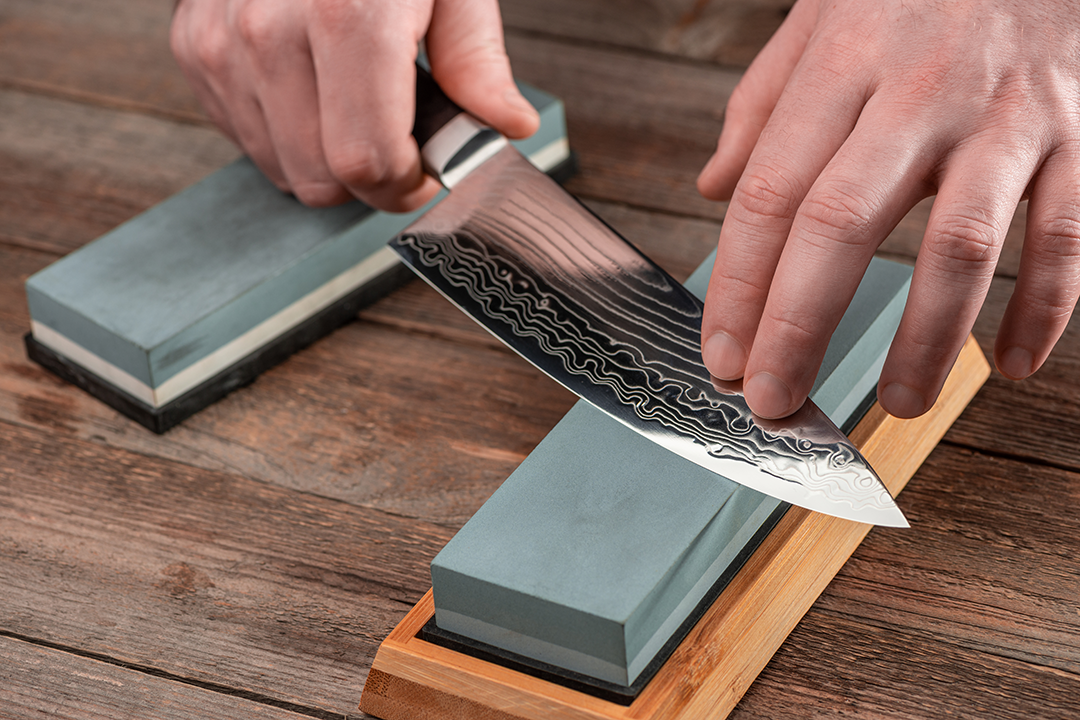
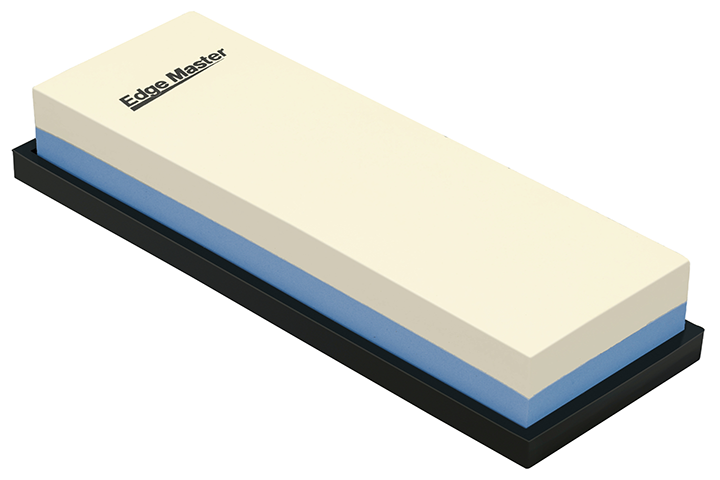
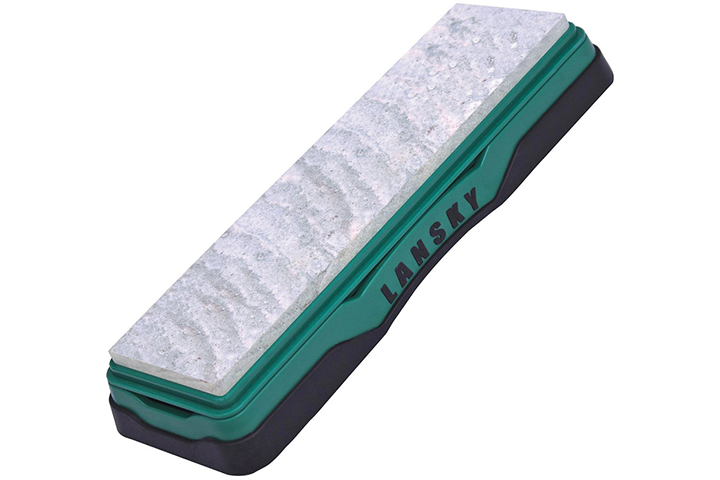
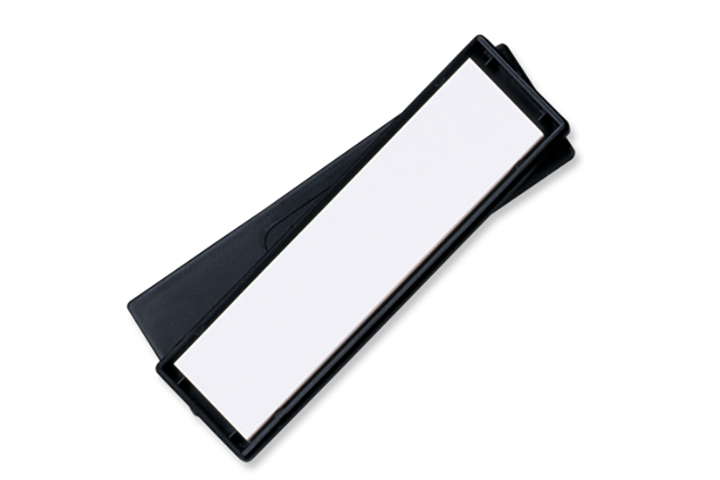
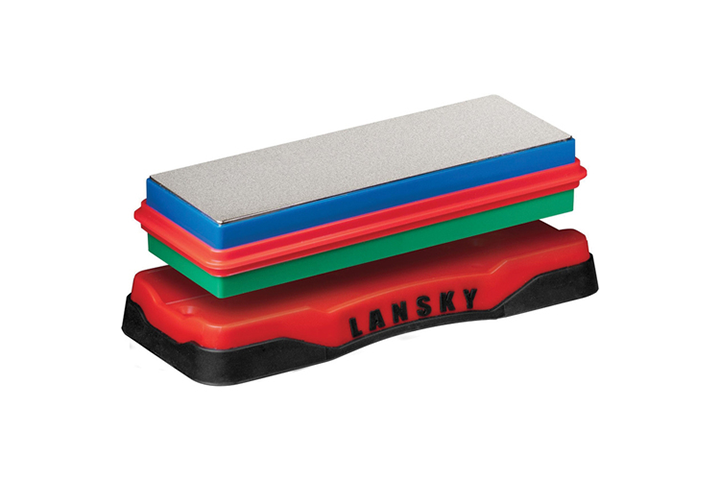
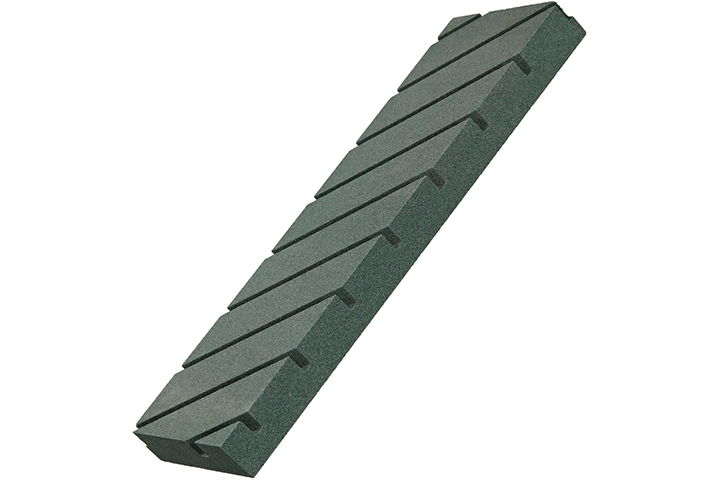
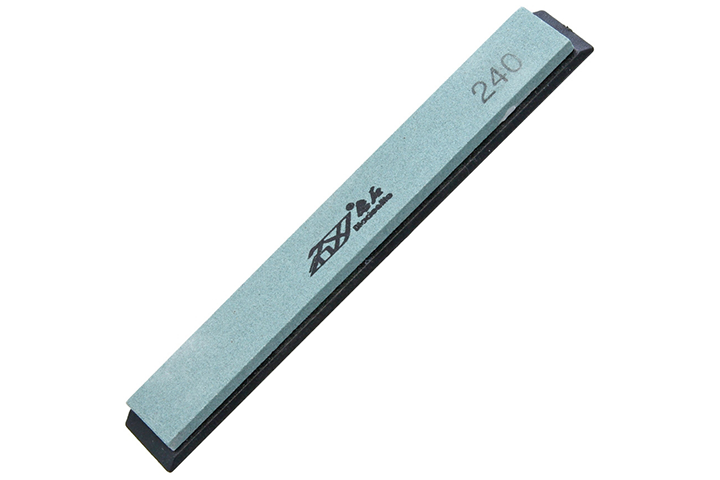
.png)
